Client: Minnesota Department of Transportation (MnDOT)
Project: For this community engagement and sustainable design project, we worked with MnDOT project leadership and a high-profile team of 12 key agency stakeholders to design and implement an innovative and collaborative approach to reach consensus on a highly contentious Minnesota River crossing as part of an unusual and infrequently used Tier 1 Environmental Impact Statement.
Decades of flooding and regional transportation demands resulted in pressing needs for all stakeholders, but the impacts of this very long-term and massive project are daunting — and both impacts and priorities vary considerably among the stakeholders.
Active participants included FHWA and USFWS/Minnesota Valley National Wildlife Refuge, MnDOT, DNR, SHPO; Metropolitan Council; Cities of Chaska, Shakopee, Carver, and Chanhassen; and Scott and Carver Counties.
Critical issues included:
- Environmental justice for people in poverty, of color, and immigrants
- Section 4(f) for protected lands and historic properties — including a historic community ballpark
- Noise and visual impacts on historic and other properties
- Public safety
- Ecosystem and flora/fauna impacts
- Refuge user impacts
Facilitated the group creating a formal collaborative partnership as the River Crossing Implementation Collaborative (RCIC). The RCIC comprehensively explored corridor options and local impacts, developed common goals and strategies to address impacts for all key stakeholders, identified innovative mitigation recommendations, and created a sustainable structure for authentic and ongoing collaboration and engagement over the next 20+ years.
Click here for a simple video we created to help RCIC members understand environmental justice; speaker is (now-former) FHWA official Cheryl Martin. We also created two videos presented by staff from the USFWS/Minnesota Valley Wildlife Refuge on conservation biology; see part 1 and part 2.
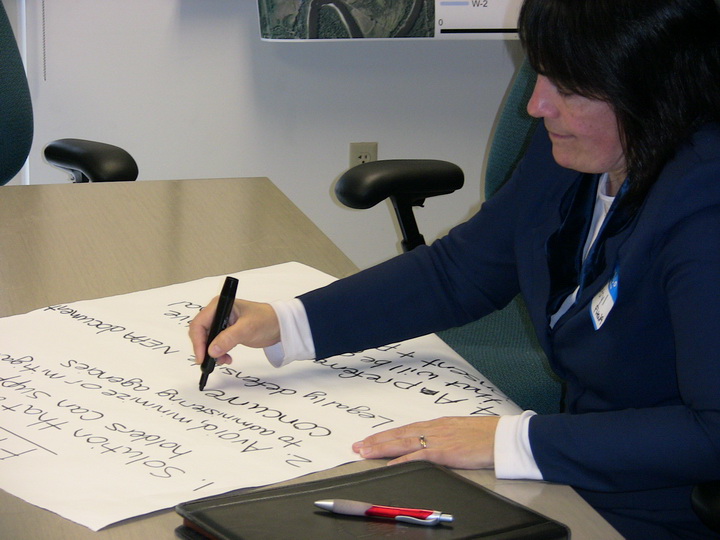
Lead staff from 12 agencies participated in this intense, multiyear effort 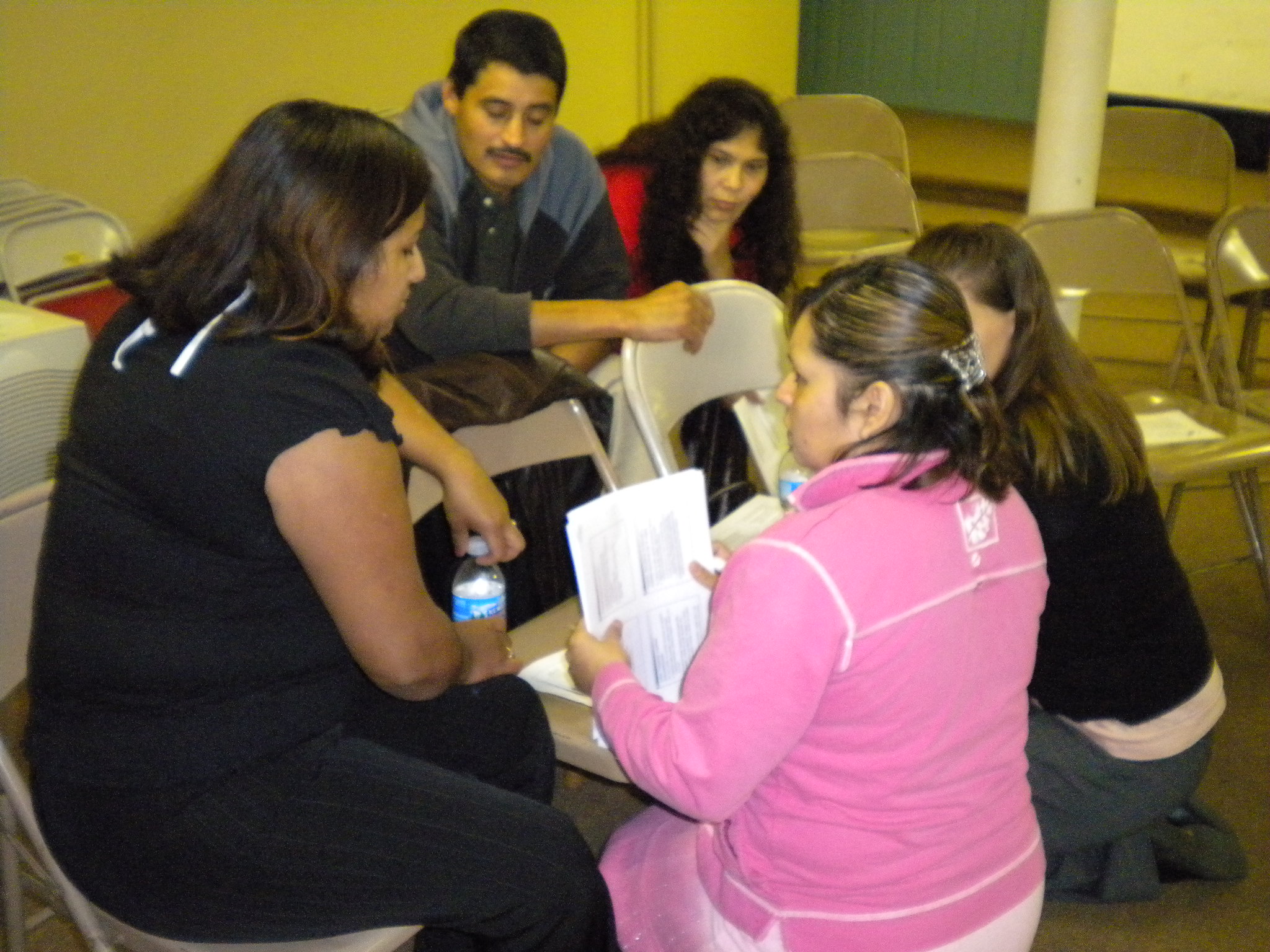
Community members discuss proposed alternatives and offer input 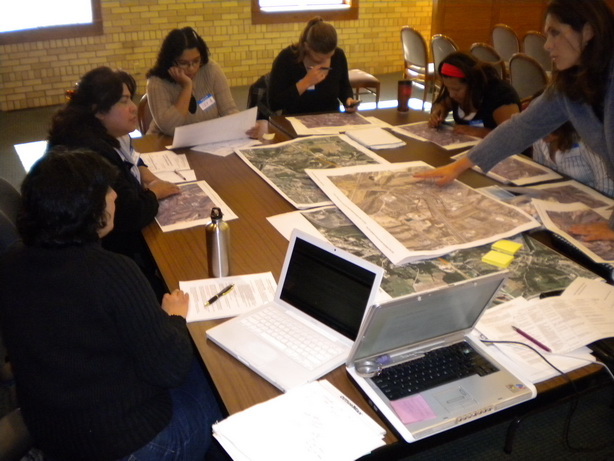
Latino manufactured home residents identified critical impacts 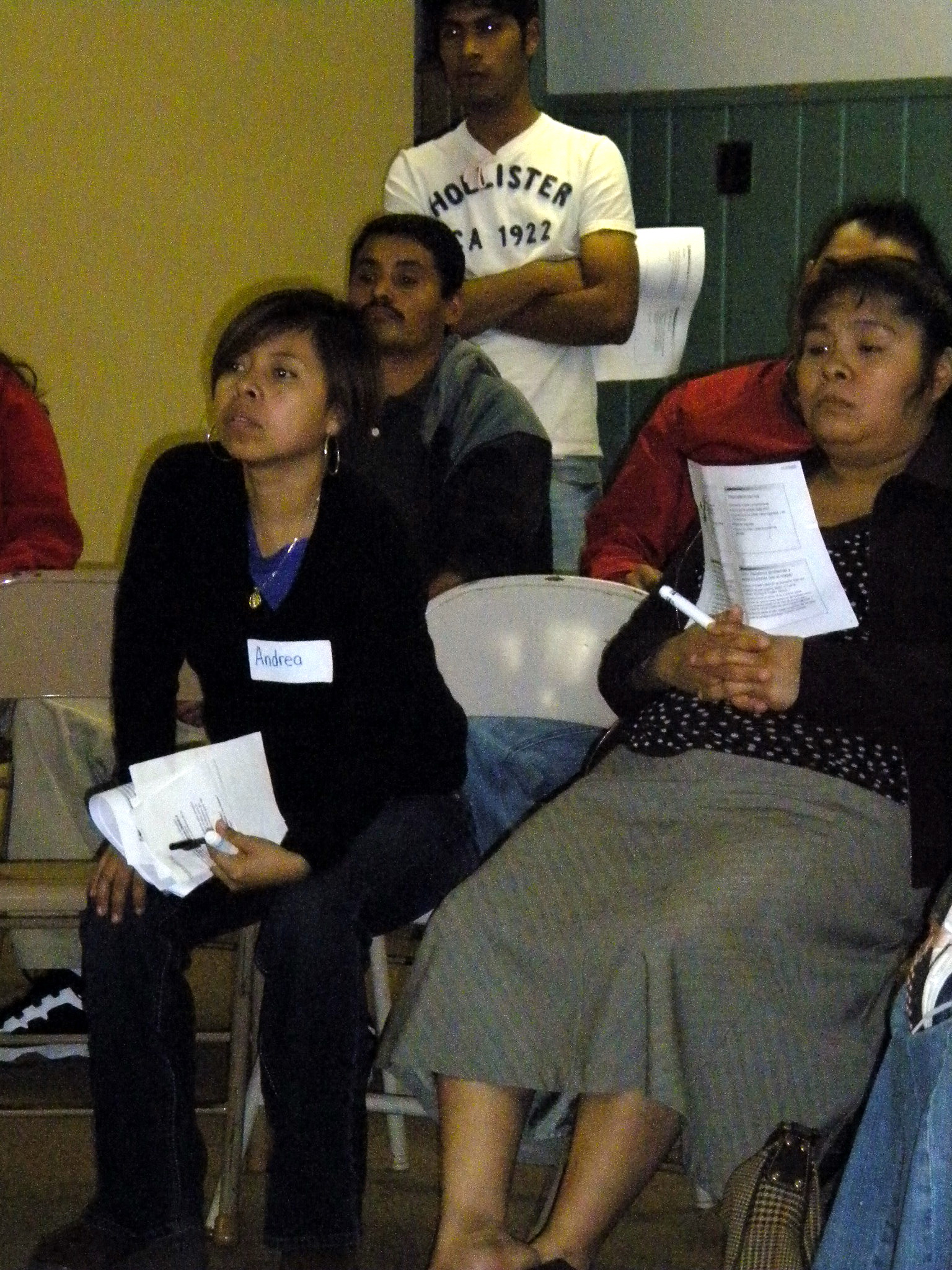
Latino families listen to recommendations prepared by their neighbors about mitigating impacts 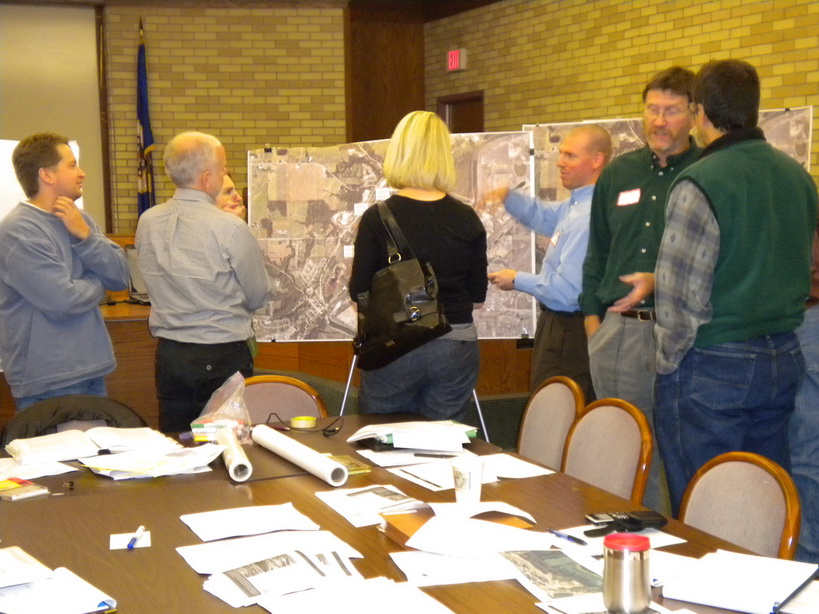
Multiagency workgroup reviews areas with key issues 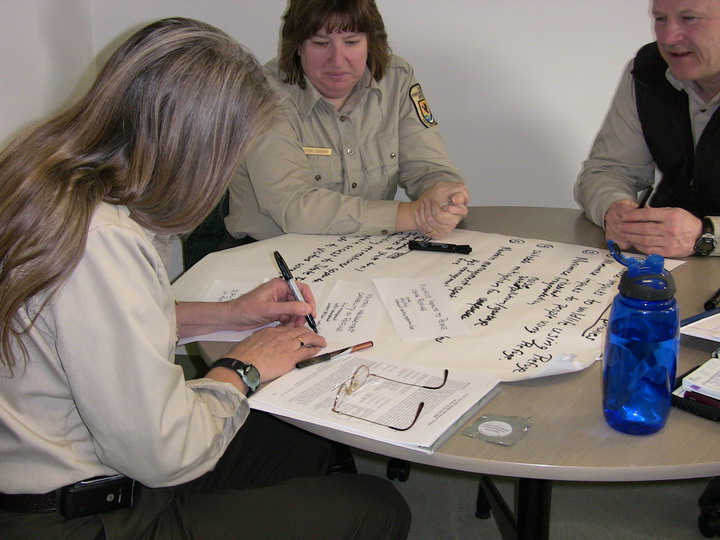
Team members collaborated in an early workshop